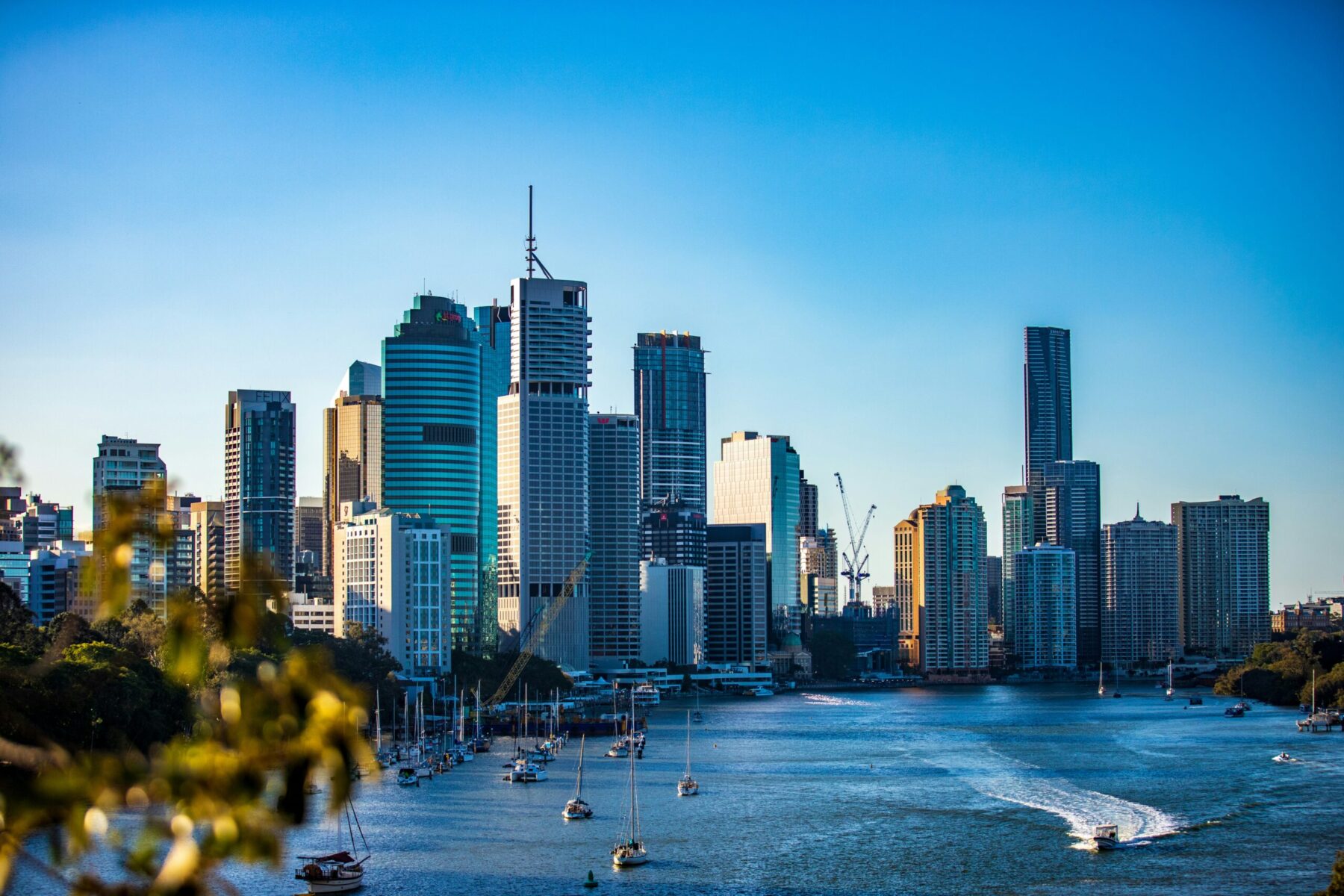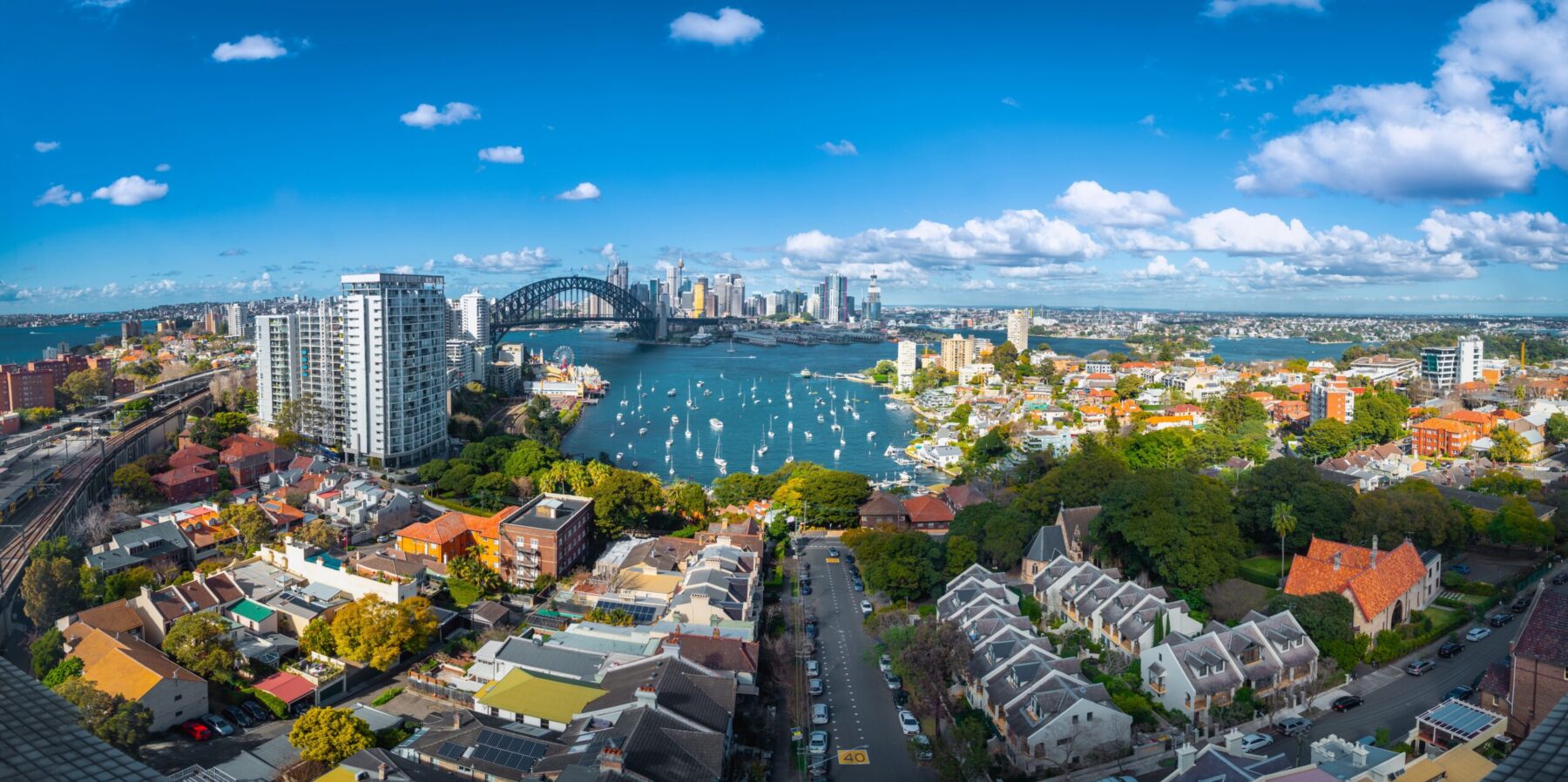Going Green: The Multi-Billion Debt Opportunity in Australia’s Commercial Property Sector
10 June 2022
There is multi-billion potential for green financing in Australia’s largely untapped commercial property sector as corporates strive to reach 2030 emission targets.
While green loans currently represent just 3% of Australia’s commercial real estate debt, a new CBRE Green Finance report estimates that as much as $15 billion of the circa $75 billion in debt refinanced annually could be linked to energy efficient assets.
Sameer Chopra, CBRE’s Asia Pacific Head of ESG Research, said there was also a smaller – but arguably more climate relevant – opportunity to fund new investments, tapping into the combined $200 billion green finance commitments made by Australia’s “big four” banks.
Mr Chopra noted, “While green loans currently account for just $10 billion of Australia’s commercial real estate debt, refinancing presents significant opportunities given the country’s high volume of NABERS rated property stock. In 2021, green bonds accounted for 16% of the capital raised by US real estate firms. So, if we were to match those levels in Australia this would provide an opportunity for $10 billion to $15 billion of green refinancing.”
The CBRE report highlights that a further $500 million to $600 million in debt could be applied each year to renovating or retrofitting commercial real estate to promote energy efficiency, with particularly prevalent opportunities in the industrial sector.
Oxford/Investa, Brookfield, Charter Hall, Frasers Property, GPT, Ingenia, Lendlease Mirvac, QIC, Quintessential and Stockland are among the growing roster of Australian corporates to have completed green finance transactions in Australia.
Andrew McCasker, CBRE’s Pacific Managing Director of Debt & Structured Finance, said investor willingness to pay a premium for green bonds, which had typically commanded higher prices and lower yields, had been a key market driver, as had a shift towards socially conscious investment strategies.
Environmental, Social and Governance (ESG) considerations are playing an increasing role in property decision making, with shareholder pressure and competition by domestic fund managers to attract and retain mandates from international investors driving a heightened focus on green loans,” Mr McCasker said.
“A desire to future proof investment portfolios and develop reputational and competitive advantage through ESG initiatives is also underpinning rising interest in green finance.”
CBRE’s report highlights that the office sector has accounted for half the green finance transactions in Australia, followed by the industrial and retail sectors at around 18%-19% each.




